
How to discipline a Beagle puppy?
Beagle puppies come with a double dose of energy and curiosity—traits that make them charming, but also prone to chewing shoes or darting through open doors.
What command stops a puppy from biting? It’s a question that’s likely crossed the mind of every new dog owner in the US when their fuzzy little pup’s needle-sharp teeth sink into a hand during play. Those nips might seem harmless, but teaching your puppy to stop on cue is key to building good habits—and keeping your hands (and guests) intact.
From a behaviorist’s perspective, puppies don’t bite out of malice. It’s their way of exploring, teething, or communicating during play, much like how human babies grab at objects to learn. The goal isn’t to stop all mouthing but to teach them to respond to a command that tells them “enough.” This builds impulse control, a skill that’ll make walks in the park or visits with kids much smoother.
The most effective command? “Leave it.” Start by practicing in low-key moments, not just when they’re mid-bite. Hold a treat in your closed fist; when they nudge or lick it, say “Leave it” in a calm, firm tone. Wait for them to pull back—even for a split second—and reward with a different treat. Repeat this, gradually using it during play: when they nip your sleeve, say “Leave it,” then offer a chew toy. If they switch to the toy, praise them like they just won a prize. Consistency is key—think of it like teaching a toddler to say “please.”
In the US, raising a puppy comes with rules to keep everyone safe. Legally, your pup needs their rabies shot by 4 months old in most states—no exceptions. Skip it, and you could face fines, not to mention putting others at risk. When you’re out and about, always carry poop bags. Cities like Chicago and LA have steep fines (up to $500!) for leaving messes, and it’s just good neighborly sense.
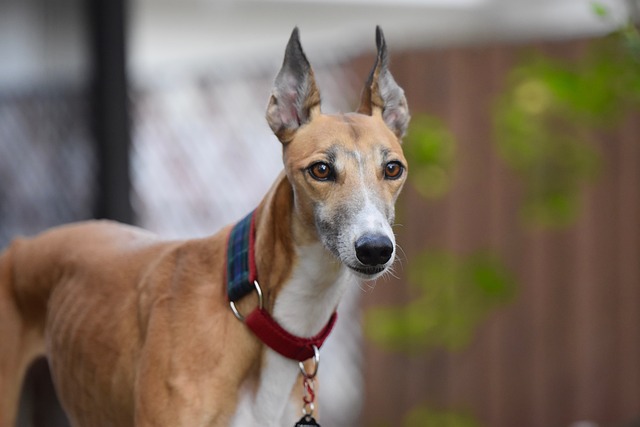
Culturally, never hit or yell at your puppy for biting. Positive reinforcement—treats, praise, extra play—works better and builds trust. My neighbor once tried scolding her Lab pup, and he just got more excited, nipping harder. Switching to “Leave it” and rewards turned things around in a week.
If you’re in an apartment, check your lease—some places ban certain breeds or require pet deposits. When walking, keep your pup on a 6-foot leash in public (it’s the law in most areas) and steer clear of busy dog parks until they’ve mastered their commands. No one wants a overly excited pup jumping on strangers during a morning stroll.
With patience, “Leave it” becomes a magic phrase that stops biting in its tracks. Pair it with respect for local laws and kind training, and you’ll have a well-mannered pup that’s welcome everywhere.

Beagle puppies come with a double dose of energy and curiosity—traits that make them charming, but also prone to chewing shoes or darting through open doors.

Dogs thrive on routine, and small breeds—with their quicker metabolisms—need extra consistency. Start by taking your pup out at the same times daily: right after waking up, 15 minutes after meals, and just before bed.
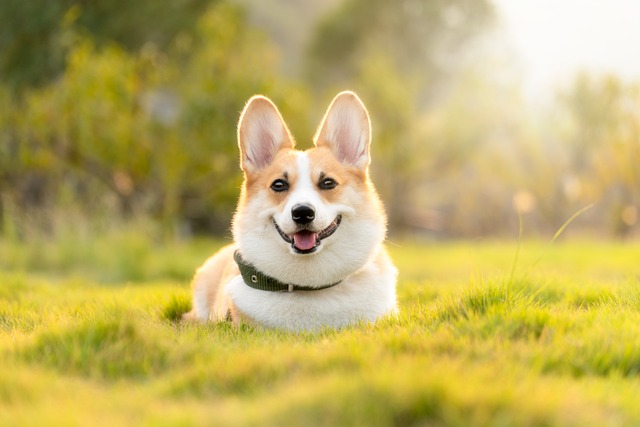
Corgis, with their stubby legs and big personalities, can be little troublemakers when they decide to ignore commands.
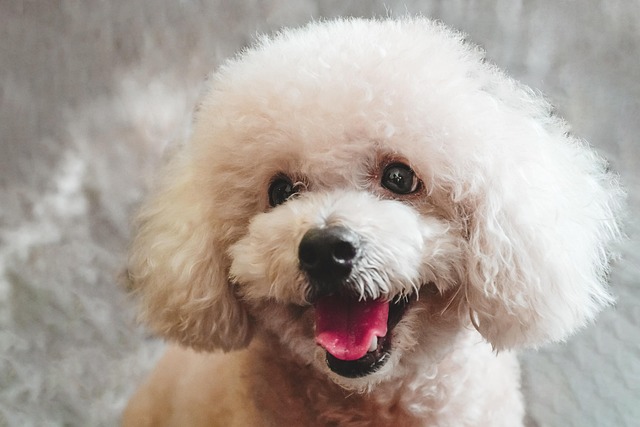
The sudden explosion of barking when a delivery person approaches your door or a neighbor walks past your window is more than just a nuisance
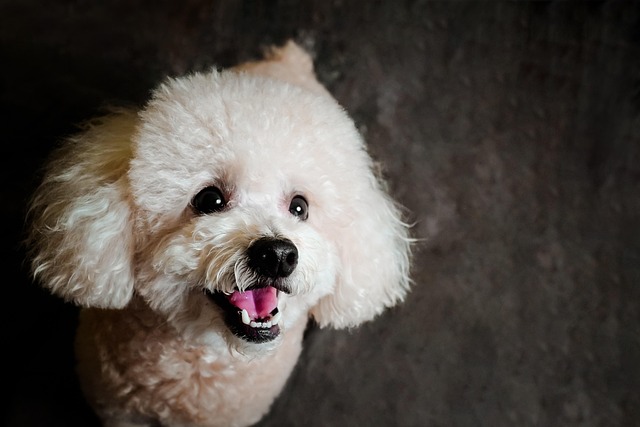
The panicked barking that starts the moment your apartment door closes isn't just heartbreaking—it's a common struggle for urban dog owners trying
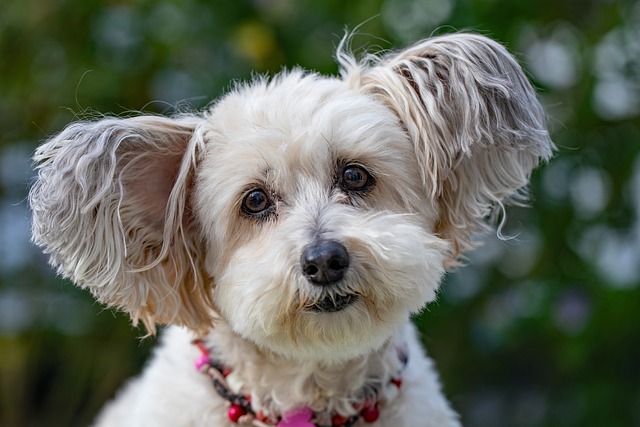
That insistent barking your dog does when demanding food, attention, or toys isn't just annoying—it's a learned behavior that's surprisingly easy to reinforce accidentally.